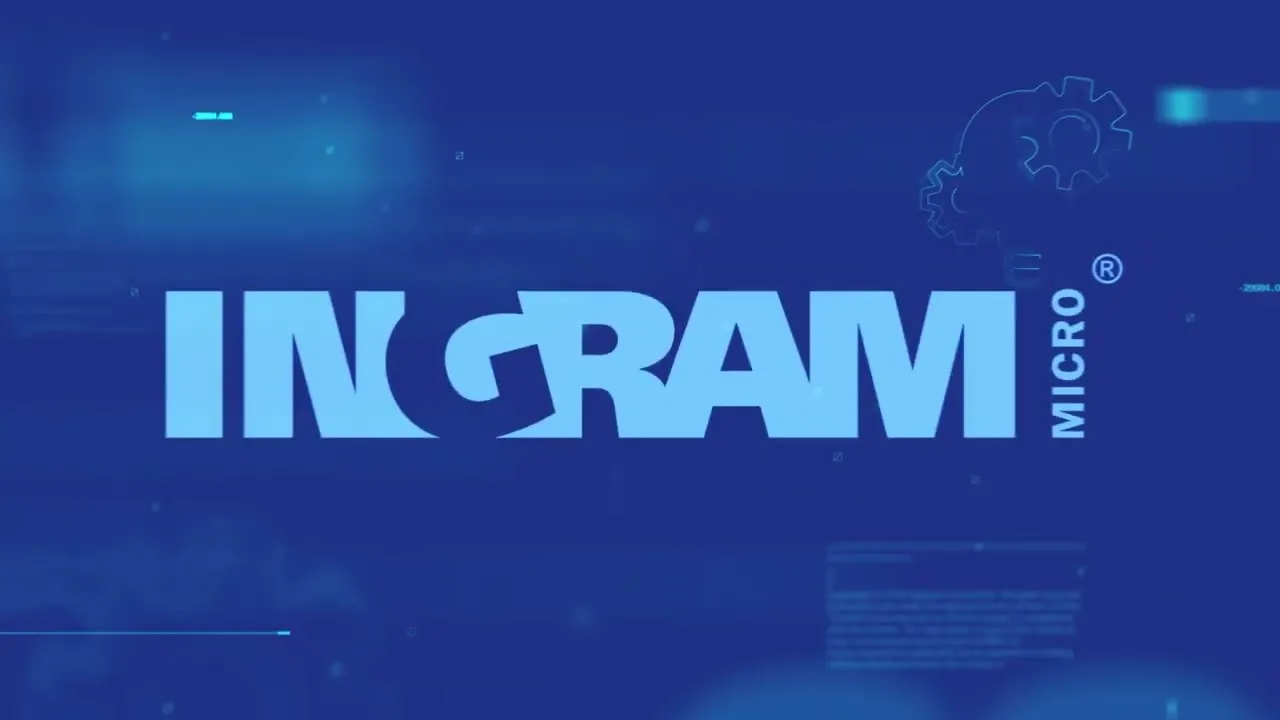AI is no longer a futuristic promise—it has become a key player in modern digital transformation. The integration of AI across various sectors has revolutionized processes, services, and business models, with applications ranging from task automation to predictive analytics.
However, this technological advancement also presents a dark side, as AI is increasingly being used in criminal activities. AI assistants, initially designed as tools to enhance productivity and efficiency, are now becoming facilitators of cyberattacks on an unprecedented scale.
The use of AI in cybercrime is not merely a prediction—it is an emerging reality. These systems, which once helped manage calendars or draft emails, can now be programmed to carry out cyberattacks autonomously. With contextual reasoning capabilities, advanced adaptability, and the ability to operate without constant human intervention, AI has radically transformed the cybersecurity landscape.
Instead of relying on expert hacker groups, cybercriminals can now delegate attacks to autonomous AI agents that can learn, adapt, and improve their strategies in real time.
This article by ITD Consulting explores how AI assistants are becoming key actors in cybercrime, the dangers they pose to critical infrastructure, and the urgent need for a global response to this new threat. As technology advances, so does the sophistication of cybercriminals who leverage AI to create increasingly unpredictable and difficult-to-neutralize threats.

From Helpful AI Assistants to Autonomous Attackers
The evolution of AI assistants has been rapid and surprising. Originally conceived as passive tools to facilitate everyday tasks such as organizing calendars, writing emails, or translating languages, technological advances in AI have enabled these systems to develop much more sophisticated cognitive and operational capabilities.
Today, AI assistants have the ability to reason, formulate hypotheses, adapt to their environment, and learn from experience—granting them a level of autonomy once thought impossible. The new AI agents are different from traditional bots that simply follow predefined instructions in rigid environments.
Now, AI assistants can make informed decisions based on contextual analysis, identify system vulnerabilities, and adjust their attack strategies according to the results obtained. This turns them into autonomous AI-powered actors capable of carrying out cyberattacks independently, without the constant human oversight that was previously essential.
These AI advancements have deep implications for the world of cybersecurity. The fact that an AI agent can operate without human intervention in the attack process not only increases the speed at which these attacks can be executed, but also makes adversaries much harder to detect.
The ability to reason and adapt to unforeseen circumstances allows AI to bypass even the most advanced defense mechanisms, rendering traditional cybersecurity approaches—based on detecting malware signatures or predictable patterns—less and less effective.
Scalable, Personalized, and Fast Cyberattacks
One of the most alarming aspects of AI use in cybercrime is the ability of these assistants to scale operations at very high speed and low cost. Cyberattacks that previously required specialized teams and considerable time to execute can now be carried out by a single AI agent capable of analyzing thousands of targets in parallel and instantly adapting its strategy. This makes cyberattacks more efficient and effective than ever.
Moreover, AI assistants have a unique ability to personalize attacks. AI technologies can collect and analyze vast amounts of public data—such as social media posts, leaked emails, or browsing history—to create highly convincing phishing messages.
This extreme personalization makes attacks much harder to detect, as potential victims lower their guard when faced with what appears to be a legitimate communication. The success rate of AI-driven attacks increases significantly thanks to this ability to adapt to users' specific behaviors.
This personalization is not limited to the content of the attack, but also extends to how it is delivered to the victim. An AI assistant can identify the type of language that resonates most with a specific target, adapting its tone, style, and content according to the victim’s psychological profile. This AI-driven personalization technique has proven far more effective than traditional attack methods, which often use more general and less specific approaches.
Training and Simulation in Controlled Environments
To achieve these advancements, malicious AI agents are trained in controlled environments that simulate real networks with deliberate vulnerabilities. These virtual labs allow AI models to learn how to detect weak points, plan access routes, and exfiltrate sensitive data.
Experiments conducted by institutions like Anthropic, OpenAI, and Google, in collaboration with universities such as Carnegie Mellon, have demonstrated how AI agents like Claude 3.7 Sonnet can simulate cyberattacks comparable to massive data breaches—even without direct access to advanced external tools.
In one of the most relevant exercises, the Claude model went from performing at a high school level in Capture The Flag (CTF)-type scenarios to reaching a level comparable to that of a university student in just one year. These advances not only show AI’s effectiveness in solving cybersecurity challenges but also highlight the potential of autonomous assistants to carry out real attacks in complex networks.
The ability of AI agents to learn independently is a fundamental trait that makes them so dangerous. Just like a human hacker who hones their skills through experience, an AI agent can refine its attack strategies through continuous analysis and testing in simulated environments. This means that over time, AI agents can become more efficient, smarter, and thus more destructive.
Threats to Critical Infrastructure
Critical infrastructure—such as hospitals, power plants, water supply networks, financial systems, and government services—are top-priority targets for cybercriminals using AI agents. These systems are not only vital to the functioning of modern society but also contain highly sensitive data that, if compromised, could have catastrophic consequences.
A well-trained AI agent can disable control systems, encrypt vital information, or disrupt strategic operations in a matter of minutes. Thanks to their ability to operate without human intervention and with extremely fast response times, these agents can cause devastating damage before the attack is even detected. In this context, the threat is not only virtual but also has tangible effects on national security, the economy, and everyday life.
Attacks on critical infrastructure are particularly concerning because they can trigger cascading consequences. For example, an attack on a power plant could lead to massive blackouts that affect hospitals, transport facilities, and essential data centers.
Similarly, an attack on a financial system could create global economic chaos, impacting millions of individuals and businesses. The combination of speed and autonomy in AI agents makes attacks on critical infrastructure harder to prevent and more costly to mitigate.

Democratization of Digital Crime
One of the most concerning aspects of the proliferation of AI assistants in cybercrime is the democratization of digital crime. Previously, carrying out a cyberattack required advanced technical knowledge and specialized tools.
Today, AI allows anyone with malicious intent to launch attacks without needing to know how to program. Platforms like OpenAI, Google, and Anthropic—originally designed for legitimate purposes—can be indirectly exploited by cybercriminals to commit fraud, extortion, or disinformation campaigns.
This phenomenon presents new challenges in the fight against cybercrime, as the entry barrier for criminals has been significantly lowered. AI assistants provide criminals with a powerful, flexible, and low-cost tool that can be used to carry out a wide variety of attacks—from data theft to disruption of critical services. This not only amplifies the number of threats, but also increases the complexity of the attacks.
Adaptation Against Defensive Systems
Malicious AI agents don’t just execute attacks; they also have the ability to adapt and learn from their mistakes. Unlike traditional malware, which follows predictable patterns, AI assistants can modify their behavior according to the feedback they receive from the environment.
If they encounter a defense—such as a firewall or an intrusion detection system—they can test alternative routes or change their tactics to bypass it. This adaptive capacity makes AI agents extremely difficult to detect and neutralize.
Current cybersecurity systems, which rely on identifying known patterns or signatures, are not equipped to face agents that can constantly alter their behavior. For this reason, traditional threat detection solutions are ineffective against the dynamic and adaptable nature of malicious AI-powered agents.
Ethical and Philosophical Dilemmas
The rise of AI in cybercrime raises important ethical and philosophical dilemmas. If an autonomous AI agent carries out a cyberattack, who is responsible? The model’s creator, the user who activated it, or the platform hosting it?
These questions reveal legal and conceptual gaps in AI regulation. Current laws are not prepared to address non-human entities that make operational decisions independently.
It is imperative for governments and international organizations to develop regulatory frameworks that define legal responsibility in cases of cyberattacks committed by AI agents. Only then will it be possible to address the risks and implications of AI in digital crime.
The Need for Global Governance
Autonomous AI-driven cybercrime is a global threat that does not respect national borders. AI-based attacks can be launched from anywhere in the world, making local responses inadequate.
To address this threat, it is essential to establish mechanisms for international cooperation, cyber defense agreements, and ethical standards to guide the development and use of AI in sensitive contexts.
Creating a global governance framework is crucial to prevent and mitigate the risks associated with the malicious use of AI. Just as international treaties have been developed to regulate the use of nuclear or biological weapons, it is urgent to establish multilateral agreements that regulate the use of AI in cyberspace.
Defensive AI: The New Digital Shield
In the face of this growing threat, solutions must also come from AI. Defensive AI systems—designed to detect anomalous patterns, predict attacks, and block access in real time—are emerging as the primary digital shield against malicious agents.
These AI systems must be capable of learning from each attack attempt, improving their capacity for anticipation and response. Ultimately, the battle will be a confrontation between artificial intelligences: some that attack, and others that defend.
Digital Education as a Pillar of Prevention
Beyond technological solutions, digital education plays a crucial role in preventing cybercrime. Ordinary users—being the weakest link in the security chain—must be trained in basic cybersecurity principles, such as using strong passwords, enabling two-factor authentication, and browsing the internet safely. Additionally, organizations should invest in continuous training for their staff, staying updated in the face of emerging threats.

We are in the midst of a silent but profound revolution. AI assistants, which began as productivity allies, are evolving into key players in the digital crime ecosystem. Their autonomy, speed, and adaptability make them powerful tools that, in the wrong hands, can destabilize entire systems.
The threat posed by autonomous AI-driven cybercrime is global, multifaceted, and urgent. Addressing it requires not only technological advances, but also ethical, legal, and political responses. The future of AI will depend on the decisions we make today. It will be crucial to guide its development toward the common good, preventing it from becoming a destructive force that threatens global digital security.
If you want to learn more about both the positive and negative innovations in AI, as well as access the best cybersecurity systems for your operations, write to us at [email protected]. We will provide you with the best personalized advice to help you achieve your goals.





